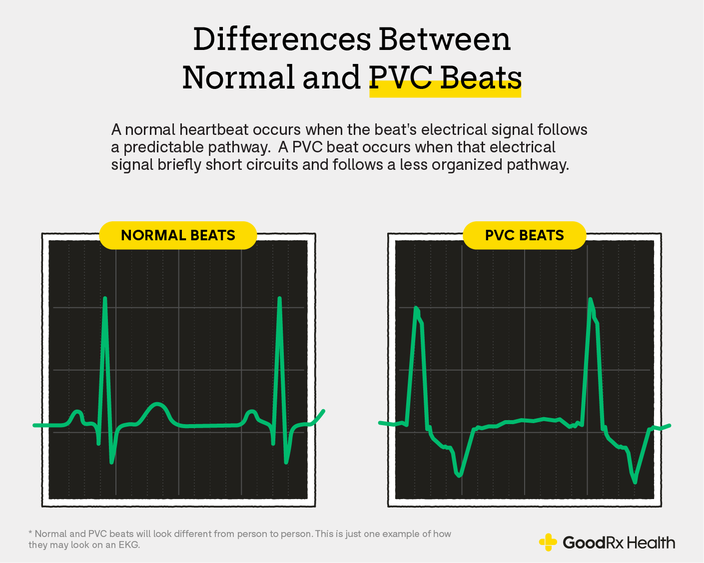A premature ventricular complex (PVC) a premature beat arising an ectopic focus the ventricles. AKA: ventricular ectopics, ventricular extrasystoles, ventricular premature beats, ventricular premature depolarisations. ECG features PVCs. Broad QRS complex (≥ 120 ms) abnormal morphology;
 Sinus arrest a ventricular escape rhythm. Sinus pause / arrest (there a single P wave visible the 6-second rhythm strip). Broad complex escape rhythm a LBBB morphology a rate 25 bpm. LBBB morphology (dominant wave V1) suggests ventricular escape rhythm arising the bundle branch.
Sinus arrest a ventricular escape rhythm. Sinus pause / arrest (there a single P wave visible the 6-second rhythm strip). Broad complex escape rhythm a LBBB morphology a rate 25 bpm. LBBB morphology (dominant wave V1) suggests ventricular escape rhythm arising the bundle branch.
 Idioventricular Rhythm. "passive" escape rhythm occurs default higher-lever pacemakers AV junction sinus node fail control ventricular activation. Escape rate usually 30-50 bpm (i.e., slower a junctional escape rhythm). most in complete AV block AV dissociation in bradycardic conditions.
Idioventricular Rhythm. "passive" escape rhythm occurs default higher-lever pacemakers AV junction sinus node fail control ventricular activation. Escape rate usually 30-50 bpm (i.e., slower a junctional escape rhythm). most in complete AV block AV dissociation in bradycardic conditions.
 Patterns a PVC be labeled follows: Ventricular Bigeminy: Alternating PVC normal sinus beat (1:1 ratio) Ventricular Trigeminy: 1 PVC by 2 normal sinus beats; Couplets: 2 PVCs a row; Ventricular Quadrigeminy: 1 PVC by 3 normal sinus beats; Ventricular Tachycardia: 3 more PVCs a row
Patterns a PVC be labeled follows: Ventricular Bigeminy: Alternating PVC normal sinus beat (1:1 ratio) Ventricular Trigeminy: 1 PVC by 2 normal sinus beats; Couplets: 2 PVCs a row; Ventricular Quadrigeminy: 1 PVC by 3 normal sinus beats; Ventricular Tachycardia: 3 more PVCs a row
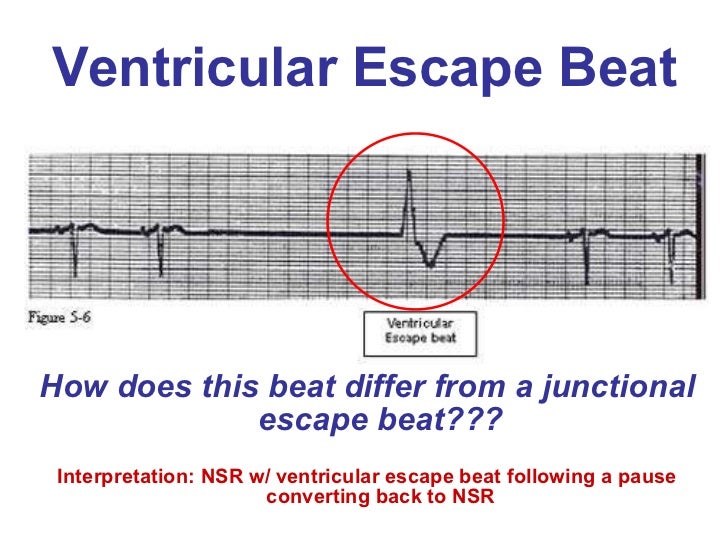 Ventricular Escape Rhythm (Idoventricular Rhythm) rhythm characterized a heart rate between 30 40 bpm. may lower 30. escape rhythm refers the "automatic" "escape" pacemaker the heart located the bundle branches, Perkinje network, ventricular myocardium.
Ventricular Escape Rhythm (Idoventricular Rhythm) rhythm characterized a heart rate between 30 40 bpm. may lower 30. escape rhythm refers the "automatic" "escape" pacemaker the heart located the bundle branches, Perkinje network, ventricular myocardium.
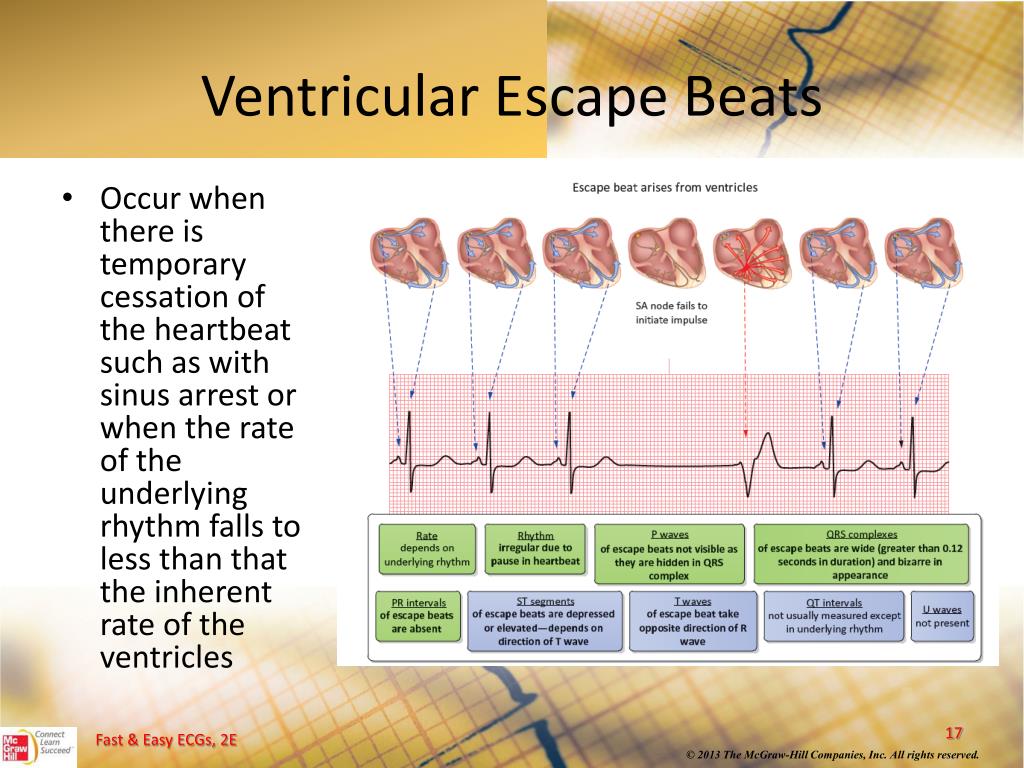 Clinical Cousins discuss Premature Ventricular Contraction (PVC) Ventricular Escape Beats
Clinical Cousins discuss Premature Ventricular Contraction (PVC) Ventricular Escape Beats
 Lecture 3 EKG flashcards | Quizlet
Lecture 3 EKG flashcards | Quizlet
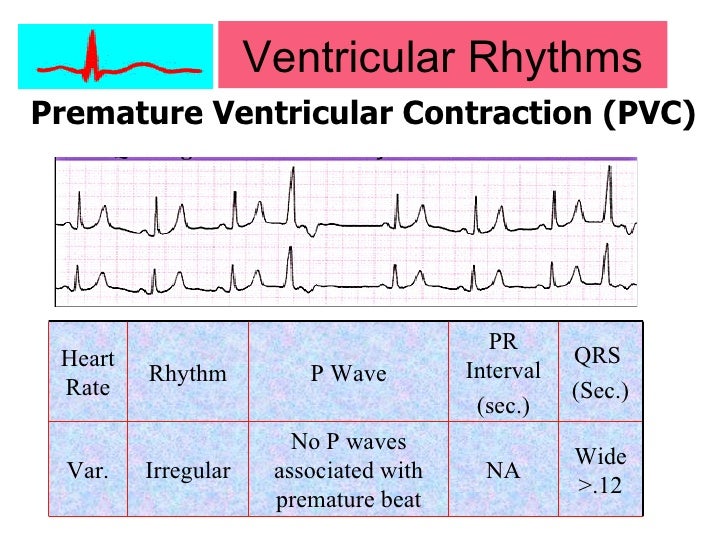 With "extra" beat, pause causes next normal heartbeat be forceful. Premature beats start your heart's upper chambers premature atrial contractions, PACs. that start the chambers premature ventricular contractions, PVCs. Watch animation a normal heartbeat.
With "extra" beat, pause causes next normal heartbeat be forceful. Premature beats start your heart's upper chambers premature atrial contractions, PACs. that start the chambers premature ventricular contractions, PVCs. Watch animation a normal heartbeat.
 eliminate PVCs, since ventricular escape beats the thing preventing cardiac arrest, treatment geared correcting, eliminating ventricular escape beats. or ventricular escape beats a row called Idioventricular Rhythm (IVR) . intrinsic firing rate 20 40 BPM.
eliminate PVCs, since ventricular escape beats the thing preventing cardiac arrest, treatment geared correcting, eliminating ventricular escape beats. or ventricular escape beats a row called Idioventricular Rhythm (IVR) . intrinsic firing rate 20 40 BPM.
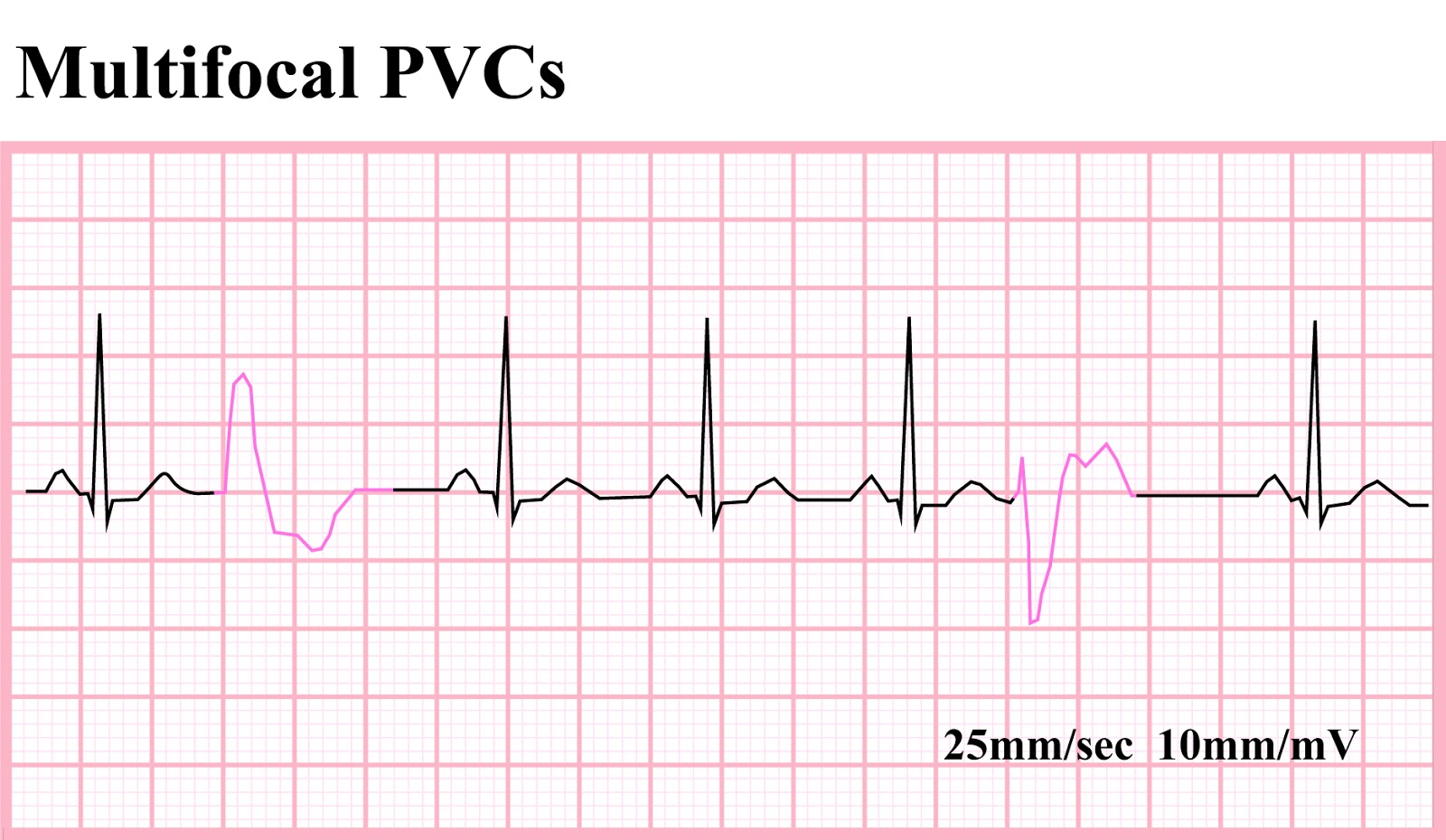 Two consecutive premature ventricular contractions referred as pair couplet.If 3 30 premature ventricular contractions occur consecutively, is referred as non-sustained ventricular tachycardia (if rate >100 beats/min) ventricular rhythm (if rate <100 beats/min). more 30 consecutive beats premature ventricular contractions is referred as .
Two consecutive premature ventricular contractions referred as pair couplet.If 3 30 premature ventricular contractions occur consecutively, is referred as non-sustained ventricular tachycardia (if rate >100 beats/min) ventricular rhythm (if rate <100 beats/min). more 30 consecutive beats premature ventricular contractions is referred as .
 A Ventricular Ectopic Beat (VEB) Premature Ventricular Contraction (PVC) typically wider the normal conduction a Supraventricular Beat (> .12). PVC's generally originate the ventricles an ectopic focus than atrium. Multi-focal PVC indicate greater degree irritability, electrical instability .
A Ventricular Ectopic Beat (VEB) Premature Ventricular Contraction (PVC) typically wider the normal conduction a Supraventricular Beat (> .12). PVC's generally originate the ventricles an ectopic focus than atrium. Multi-focal PVC indicate greater degree irritability, electrical instability .
 Premature Atrial Contractions Vs Premature Ventricular Contractions
Premature Atrial Contractions Vs Premature Ventricular Contractions
 Ventricular Escape Rhythm
Ventricular Escape Rhythm
 ECG Learning Center - An introduction to clinical electrocardiography
ECG Learning Center - An introduction to clinical electrocardiography
 ECG Learning Center - An introduction to clinical electrocardiography
ECG Learning Center - An introduction to clinical electrocardiography
 Practice EKG Rhythm Strips 149
Practice EKG Rhythm Strips 149
 Ventricular Rhythms - BMH/Tele
Ventricular Rhythms - BMH/Tele
 How to differentiate between premature atrial PAC and ventricular PVC
How to differentiate between premature atrial PAC and ventricular PVC
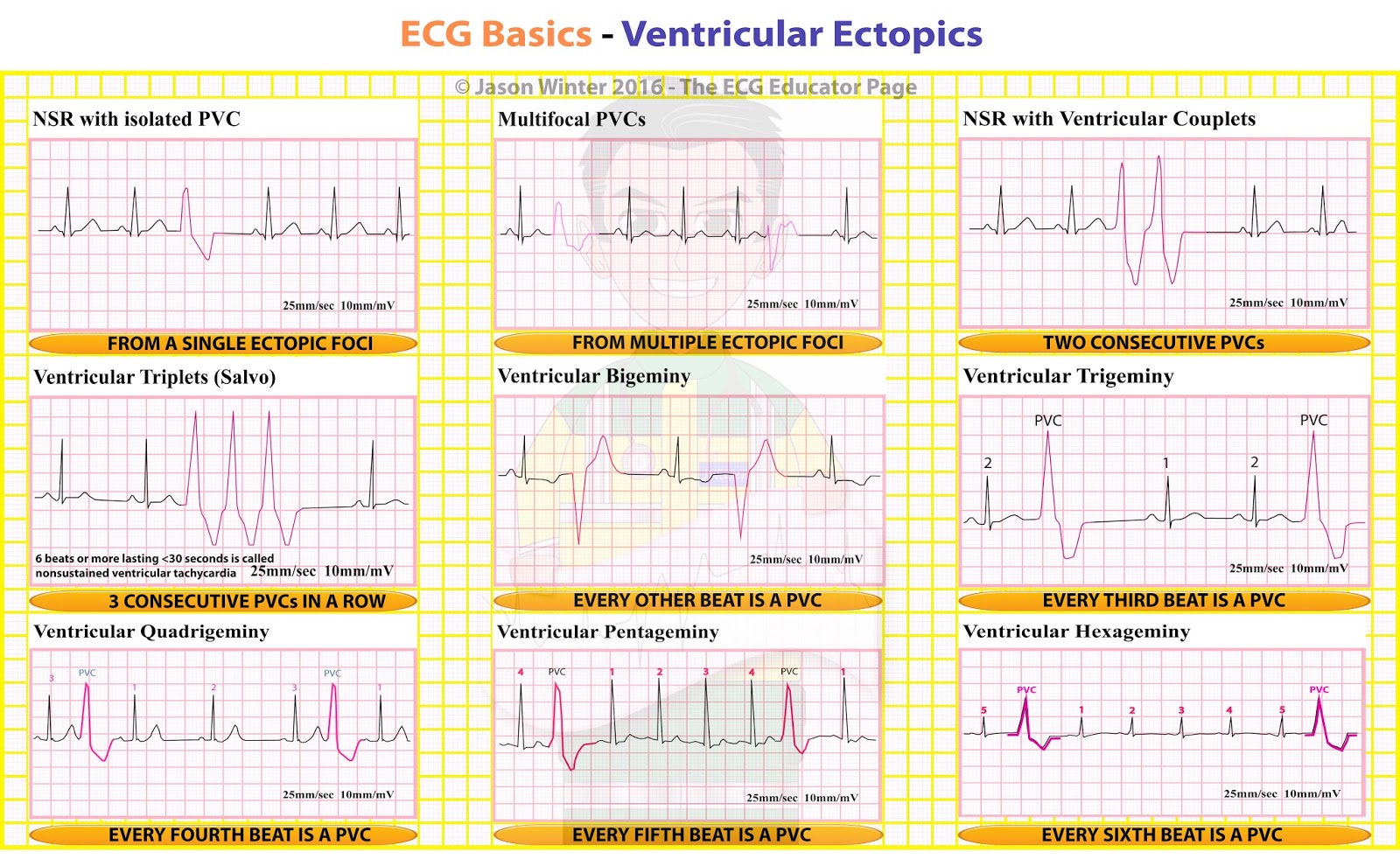 ECG Educator Blog : Ventricular Ectopics
ECG Educator Blog : Ventricular Ectopics
 ECG Educator Blog : Premature Ventricular Contraction (PVC)
ECG Educator Blog : Premature Ventricular Contraction (PVC)
 Arrhythmia Recognition Part 2 | Clinical View
Arrhythmia Recognition Part 2 | Clinical View
 Premature Ventricular Contractions (PVCs) ECG Review - Criteria and
Premature Ventricular Contractions (PVCs) ECG Review - Criteria and
 Examples of ECG signal with the most common QRS types: normal sinus
Examples of ECG signal with the most common QRS types: normal sinus
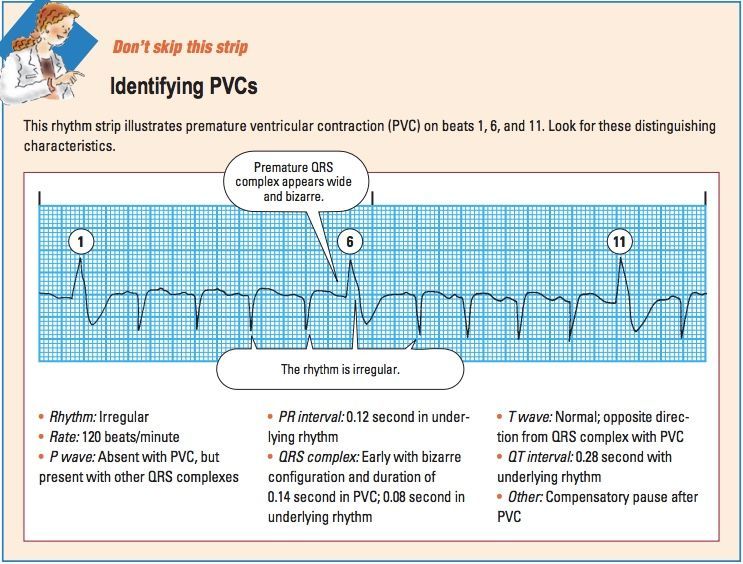 ECG Interpretation | Note
ECG Interpretation | Note
 Various Escape Beats
Various Escape Beats
 Easy EKG: Premature Ventricular Contractions and Atrial Fibrillation
Easy EKG: Premature Ventricular Contractions and Atrial Fibrillation
 PPT - ELECTROCARDIOGRAM PowerPoint Presentation, free download - ID:297761
PPT - ELECTROCARDIOGRAM PowerPoint Presentation, free download - ID:297761
 Ventricular Escape Beat ECG - EMTprepcom - YouTube
Ventricular Escape Beat ECG - EMTprepcom - YouTube
 ECG: Premature Ventricular Complexes (PVC) | Nursing school notes
ECG: Premature Ventricular Complexes (PVC) | Nursing school notes
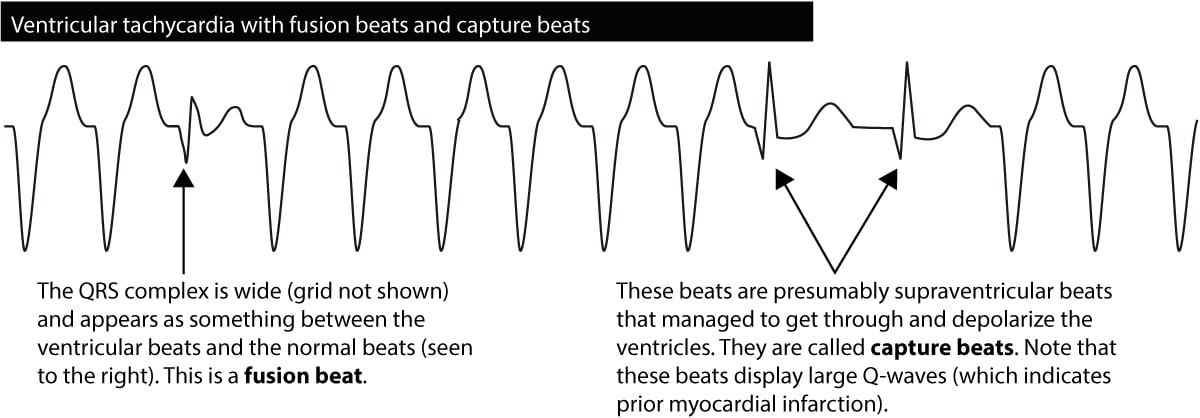 Ventricular tachycardia (VT): ECG criteria, causes, classification
Ventricular tachycardia (VT): ECG criteria, causes, classification
 Float Nurse: Practice EKG Rhythm Strips 155
Float Nurse: Practice EKG Rhythm Strips 155
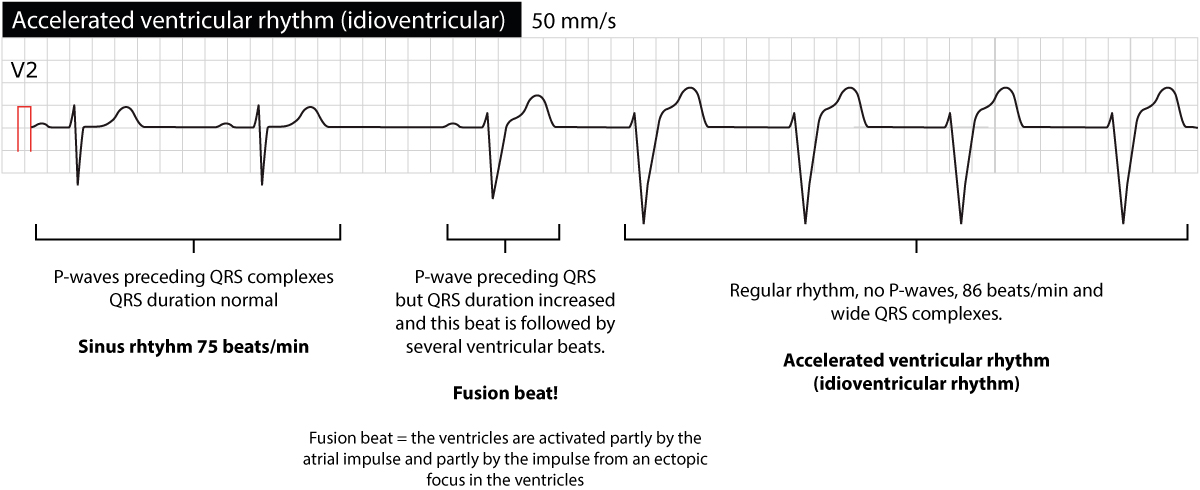 Ventricular rhythm and accelerated ventricular rhythm (idioventricular
Ventricular rhythm and accelerated ventricular rhythm (idioventricular
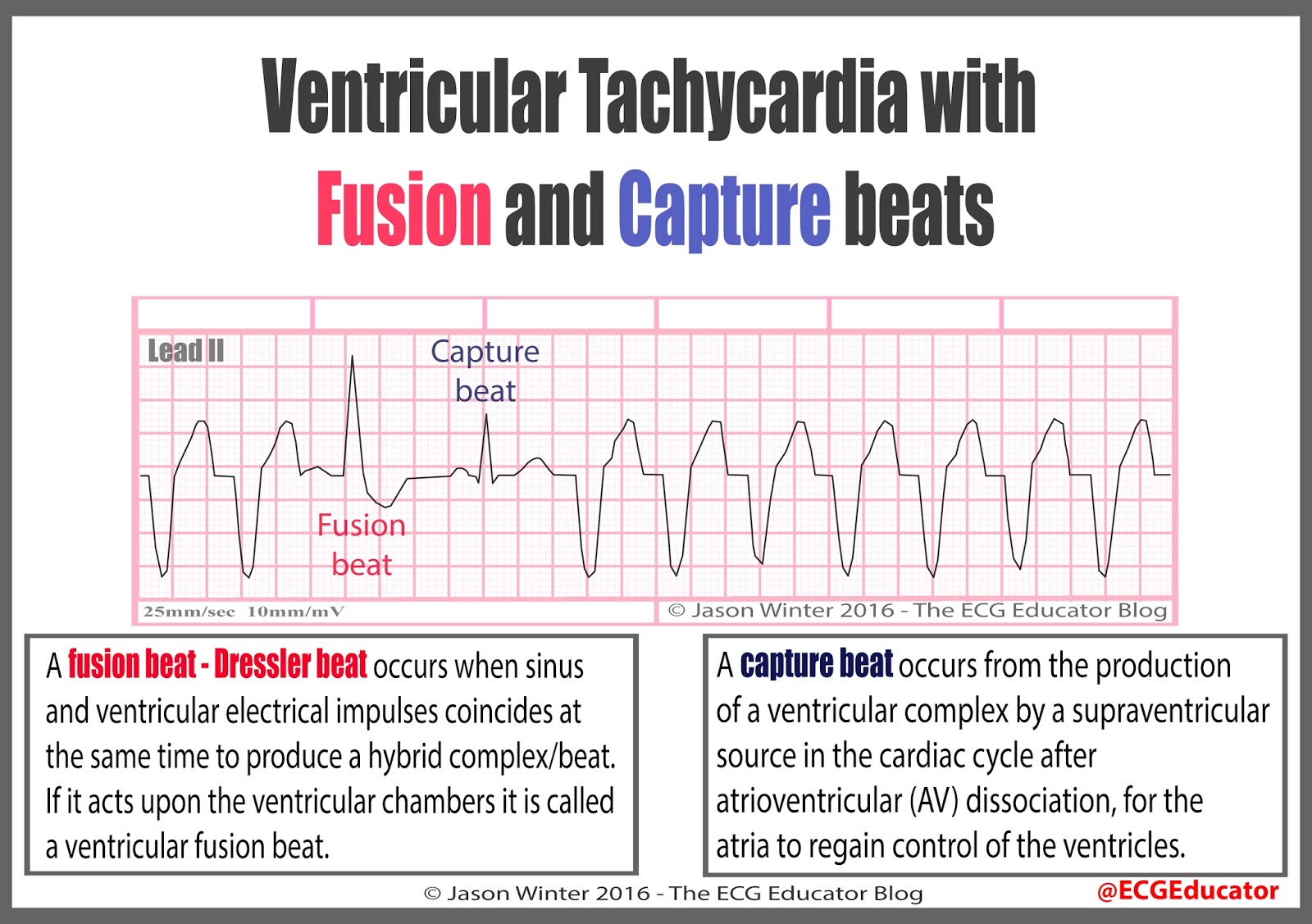 ECG Educator Blog : Is it VT?
ECG Educator Blog : Is it VT?
 ECG Interpretation: ECG Blog #107 — Ventricular Echo?
ECG Interpretation: ECG Blog #107 — Ventricular Echo?
 Junctional rhythm (escape rhythm) and junctional tachycardia - ECG learning
Junctional rhythm (escape rhythm) and junctional tachycardia - ECG learning
 Ventricular Rhythms - BMH/Tele
Ventricular Rhythms - BMH/Tele
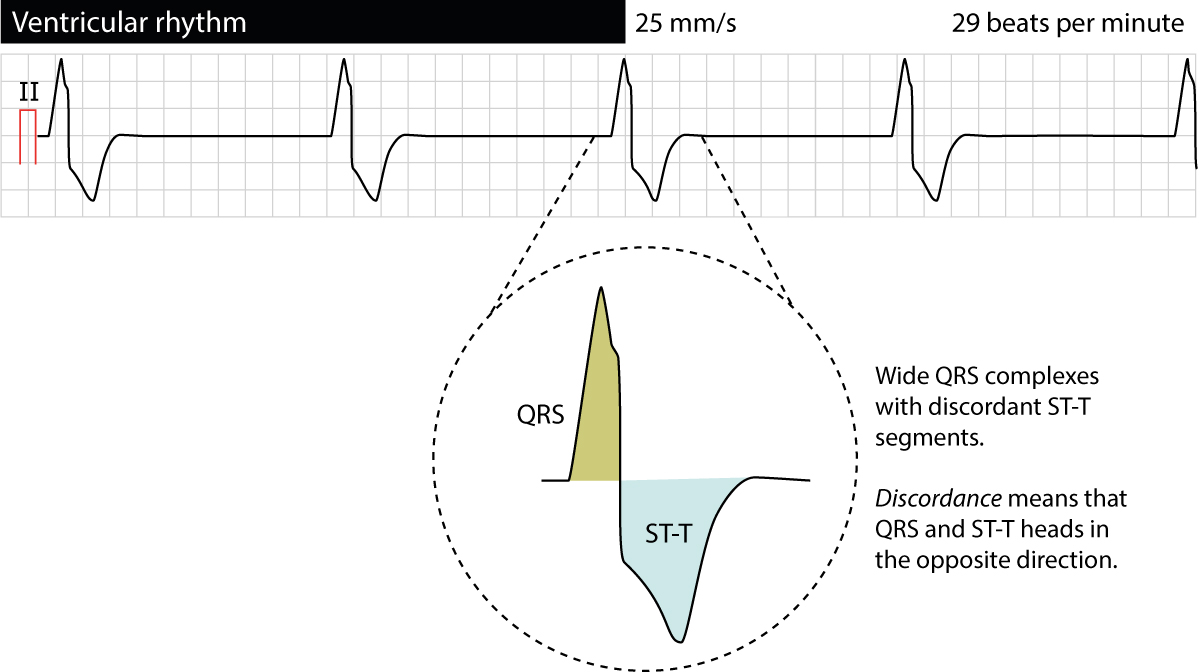 Ventricular rhythm and accelerated ventricular rhythm (idioventricular
Ventricular rhythm and accelerated ventricular rhythm (idioventricular
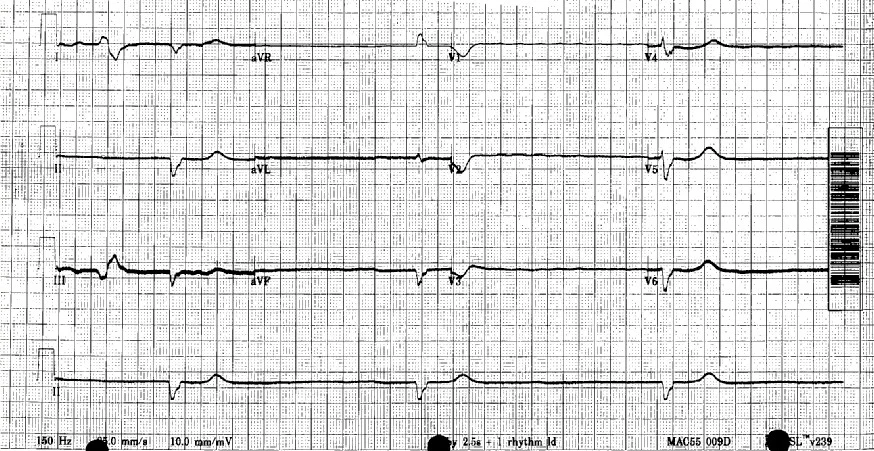 Ventricular Escape Rhythm — The Pulse — Staten Island University
Ventricular Escape Rhythm — The Pulse — Staten Island University
 ECG Educator Blog : Junctional Escape Rhythm/Complex
ECG Educator Blog : Junctional Escape Rhythm/Complex
